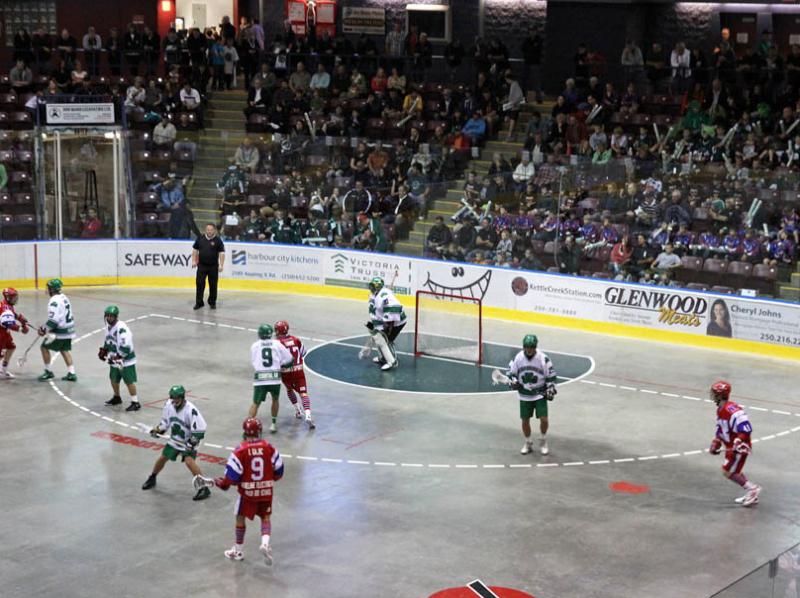Tactics Analysis:
Set Plays
Set-Plays/Focus Plays/Ghost Plays/Skeleton Plays/Triggers:
- A predetermined set of actions executed by an Offense or Defense, in a settled situation, whether even-strength or with an extra player, developed and practiced to create an advantage or opportunity during a game, is called a "set-play" or "focus play." Usually teams will try a “set-play” on offense after a time-out, dead ball, or the first possession of a period/quarter. However, great coaches and teams are also able to perform set-plays “on the fly” because they have been practiced so much that explanations of the play are no longer needed, and the “timing” of the play is well understood by the players.
Most set-plays have predetermined "triggers" that signal the start of the play, again developed in practice, starting first against no defense ("ghost/skeleton plays"). It could be the second pass back to the shooter from the point player, or when a player starts to drag with the ball, as two common examples. If a set-play doesn't work, the offense or defense should re-set/reposition and settle back into a basic system, or try another set-play.
Timing/Triggers/Execution:
-
-
- Set-plays and other aspects of Team Offense and Team Defense will not be effective unless players do what they are supposed to do, when they are supposed to do them. Usually there are pre-determined "triggers" that indicate when players are supposed to "execute" their job on the set-play. This could mean: start the set-play after the 2nd pass, set a pick with 8 seconds left on the game clock, or (defensively) to pressure the ball the second time it is passed to the left-handed shooter, for example.
Players need to know their roles/responsibilities and if they don’t know them, should ask for clarification, otherwise be replaced by a player who does know. Players need to make smart decisions and sometimes ad-lib, perhaps even abandon a set-play if the defense is cheating.
6-On-5/Empty Net/“Sneak Play”/Last Minute Defense & Offense:
-
-
- Either after a time-out or during play, teams will sometimes pull the goalie to create a 6-on-5 (similar to a power-play situation). Certain instances where this might be an option include: during a “delayed penalty” (most common); the first possession of the game; when a team is down a number of goals relatively early in a game; when a team is losing late in a game; during 4-on-4 play because of co-incidental penalties (creating a temporary power-play); after a “dead-ball” or stoppage; with less than 30 seconds left in a period/quarter; or randomly throughout the game with the intent of catching the other team off-guard (“sneak”).
-
Usually when a team pulls their goalie, the opposing team will “bang sticks” to alert their teammates to switch into a Basic “House” Defense, or box. Teams will usually either set up in 1-2-1-2 (balanced floor) or a 3-3 (middle clear) formation, but a 4-2 is also sometimes used. Set-plays usually start with no passes “around the horn” and with 8 seconds left on the game clock in order to avoid “empty net” goals against (unless running a sneak).
It is usually the power-play and short-handed units, plus one other player, that play at this point during the game (best players). Goals scored in these situations can greatly affect the momentum of the game, so it is imperative that the defense does not get scored on, especially if the score is close.
-
- Categories: Free / Playbook / Beginner / Set Plays
